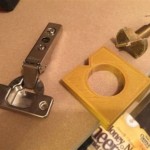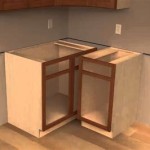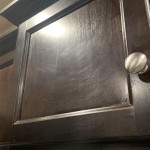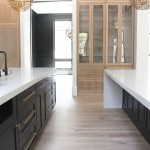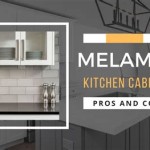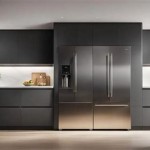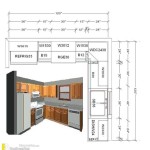Essential Aspects of Kitchen Cabinets and Design: A Comprehensive Guide
Kitchen cabinets are a crucial element in any kitchen, serving both functional and aesthetic purposes. They provide ample storage space, organize kitchen items, and enhance the overall appearance of the room. Designing the perfect kitchen cabinets involves considering various aspects, ensuring both functionality and style.
1. Cabinet Layout and Storage Optimization:
The layout of your kitchen cabinets significantly impacts the functionality of your kitchen. Consider the flow of movement within the space and the proximity of appliances to optimize storage and accessibility. Utilize a combination of drawer units, pull-out shelves, and corner cabinets to maximize storage capacity and minimize wasted space.
2. Cabinet Material Selection:
The choice of cabinet material depends on factors such as durability, aesthetics, and budget. Popular materials include solid wood, plywood, and MDF (medium-density fiberboard). Solid wood offers superior durability and longevity but can be more expensive. Plywood provides a balance of strength and affordability. MDF is a cost-effective option with good moisture resistance.
3. Cabinet Style and Finish:
The style of your kitchen cabinets should complement the overall design scheme of your kitchen. Shaker cabinets, with their simple and clean lines, offer a classic and timeless look. Slab cabinets provide a sleek and modern aesthetic. Consider the finish of the cabinets as well, such as paint, stain, or laminate, to create the desired ambiance.
4. Hardware and Accessories:
Hardware, such as handles and knobs, adds both style and functionality to your kitchen cabinets. Choose hardware that complements the cabinet finish and overall design. Accessories such as pull-out spice racks, knife organizers, and corner lazy Susans enhance the usability and organization of your kitchen.
5. Lighting and Ventilation:
Proper lighting is essential for illuminating your kitchen cabinets and creating a comfortable and functional space. Incorporate under-cabinet lighting to illuminate work surfaces and make it easier to find items. Ventilation is also crucial to prevent moisture build-up and odors, especially in areas near the sink or stovetop.
Conclusion:
Designing the perfect kitchen cabinets requires careful consideration of various aspects, including layout, material selection, style, hardware, lighting, and ventilation. By incorporating these essential elements, you can create a kitchen that is both functional and stylish, meeting all your storage needs while enhancing the overall aesthetic of your home.

21 Creative Kitchen Cabinet Designs Design Photos Wooden Cabinets

Kitchen Cabinet Ideas The Home Depot

Creative Kitchen Cabinets For A Stylish

15 Stunning Kitchen Cabinet Designs In Singapore With 5 Essential Tips

Kitchen Wardrobe Cabinet Ideas For Your Home Designcafe

Kitchen Design 350 Modular At Best In 2024 Kitchens Ideas

Custom 32 Feet Modern Minimalist Kitchen Cabinet L Shape Design 3 Picket Rail Furniture Interiors

Contemporary Kitchen Cabinets For Your Home Design Cafe

10 Kitchen Cabinet Ideas For Small Homes

Kitchen Cabinet Design Tutorials
Related Posts

